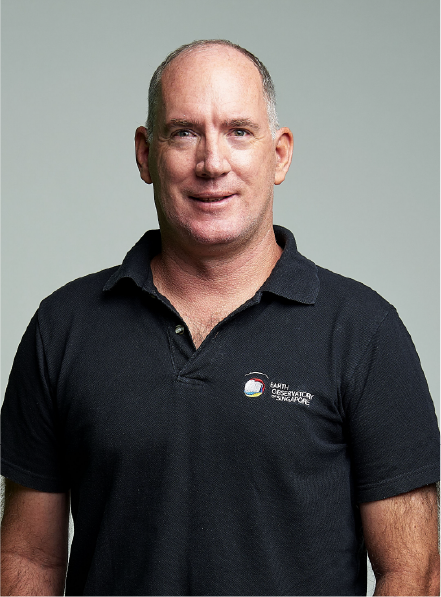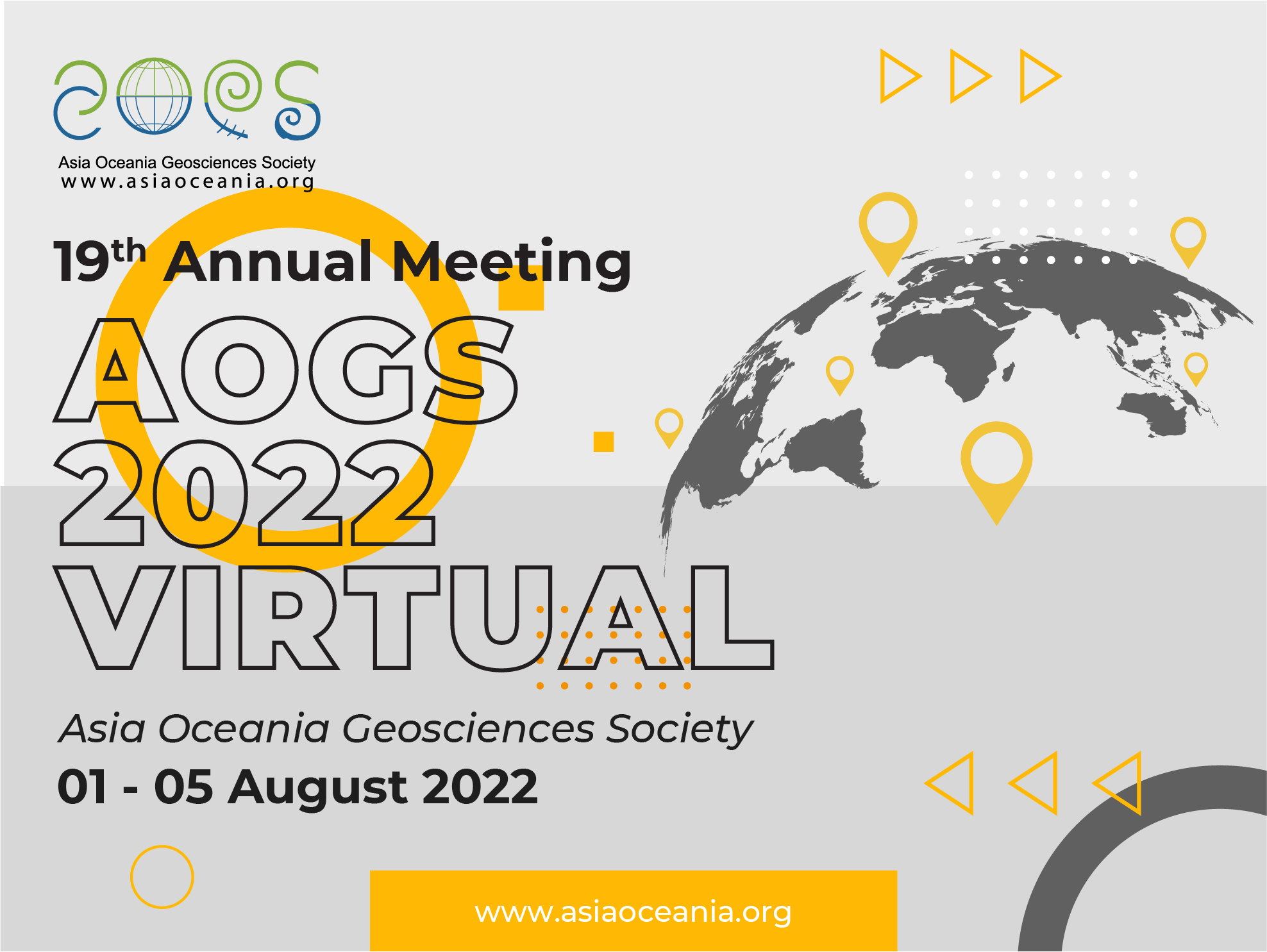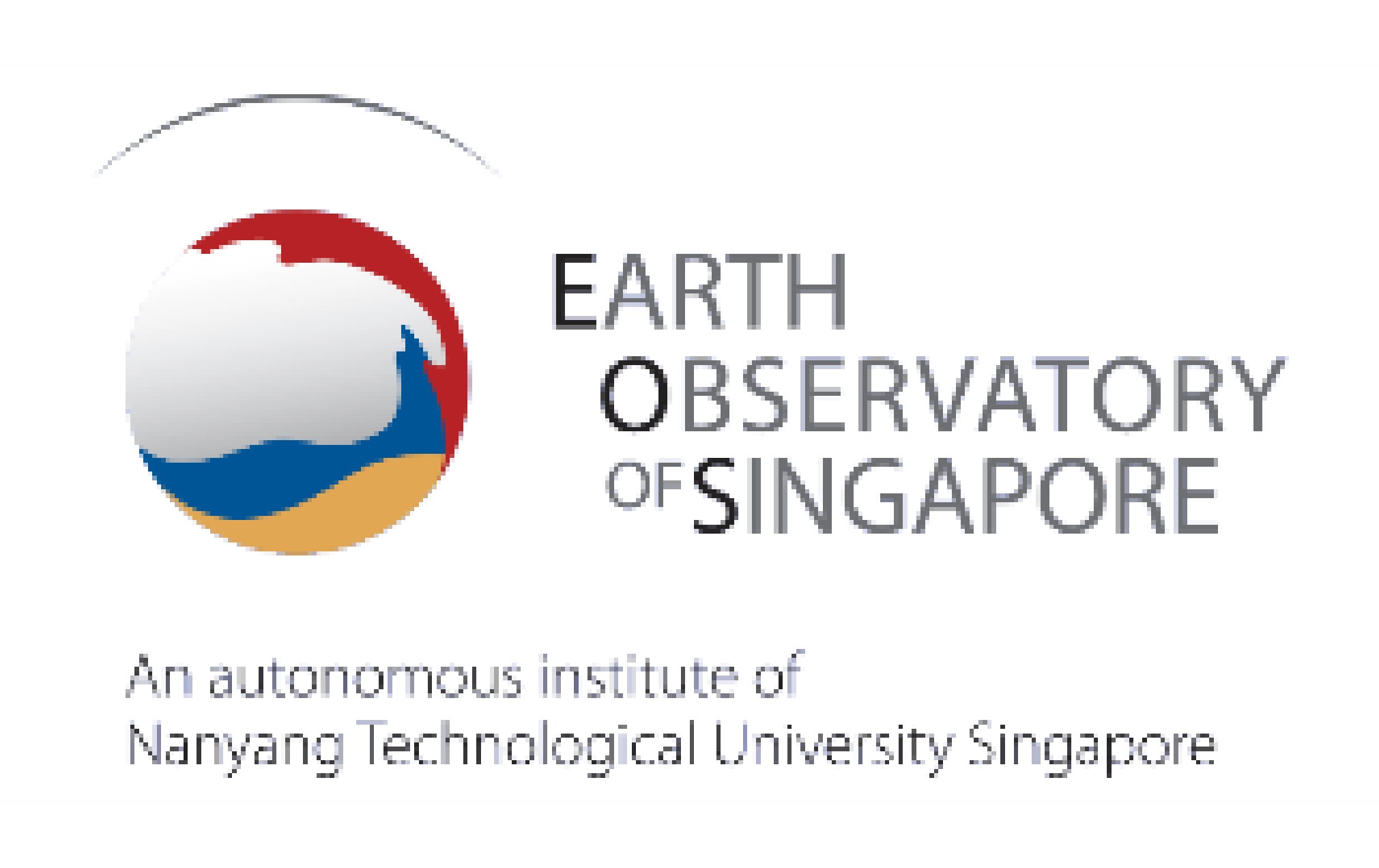
Adam D. SWITZER
Program uses Singapore Time and is 8 hours ahead of GMT
Wing Ip Medal Lecture/Live Q&A Wed-03 Aug 16:00 – 17:00
On the Need for Enhanced Interdisciplinary Research on the Historical and Geological Record of Past Coastal Hazard Events in the Asia Pacific Region.
Risk assessments for coastal hazards such as sea level rise, tsunamis or storm surges are often based on short-term historical records that in many cases fail to reflect the full range or magnitude of possible events. The Asia-Pacific region is facing increased human population growth in many hazard-prone coastal areas. As such, methods for accurately assessing natural hazard risk are becoming increasingly important for the region. To date, most natural hazard risk assessments do not incorporate long-term and/or prehistoric records of extreme events and coastal development continues to rely on short historical records as a reflection of the long-term behaviour of a hazard. In some locations such as southern China or the Philippines, historical records may be appropriate as consistent records have been kept for several centuries or even a millennium. However, for much of the Asia-Pacific, the historical archives rarely stretch beyond World War II.
Clearly, such short records are inadequate for determining the natural variability of a hazard at multi-decadal timescales and for the extrapolation of extreme events. To construct probability distributions of the occurrence of coastal hazards at multi-decadal return intervals, we must first ignore the assumption that natural hazards occur randomly over a variety of time scales and secondly, work to build multidisciplinary records of the long-term history of the hazard in question. Without such work, we cannot hope to make realistic assessments of coastal vulnerability and exposure, and in fact, we might even increase the likelihood of providing an erroneous estimate of the risk of that hazard. The ability to safeguard communities and reduce future economic losses is dependent upon our understanding of each hazard. Long-term records present the only option for uncovering the frequency and spatial variability of natural hazards over time. It is well known that historical records are usually fragmented, incomplete and limited in spatial balance. However, despite these limitations, historical records provide a key link between instrumental datasets and the prehistoric records for detailed reconstruction of past events. The integration of non-instrumental datasets such as archaeological, indigenous and geological records is a rapidly advancing discipline that is based on a variety of data including structured approaches to historical datasets, sedimentary techniques applied to coastal sequences and emerging techniques such as speleothem and tree ring geochemistry. To date, the study of coastal hazards in the Asia-Pacific is limited to very few locations and the present spatial coverage of these studies limits the usefulness of such records.
Here, I synthesize the state of knowledge in the region, highlight some examples from known events and examine the potential for new proxies. I conclude with some statements on future research directions for coastal hazard studies with the aim of preparing the populations of the region for future events. The utility of the integrated approach must become familiar to those outside of academia, as familiarity breeds awareness and it is through awareness and adoption that the true potential of integrating across disciplines will be recognized.
Adam Switzer is a broadly trained coastal geoscientist. The overarching driver of his research is the desire to apply interdisciplinary geoscience to solve contemporary problems at local, regional and international scales. He holds concurrent positions as Associate Professor at the Asian School of the Environment, Assistant Dean (Development) at the College of Science, Director of Undergraduate Research Experience on Campus (URECA) and Principal Investigator at the Earth Observatory of Singapore (EOS). After obtaining a BSc and a PhD in Geosciences from the University of Wollongong, Australia, he accepted an Endeavour Australia Cheung Kong fellowship to study at The University of Hong Kong where he held positions as a Post-Doctoral Fellow and a Research Assistant Professor.
Adam’s main research interest lies in the study of coastal systems and he is an internationally recognized expert in coastal science. Adam has pioneered the study of storm and tsunami deposits with studies in Australia, India, China, Thailand, Taiwan, Vietnam, Philippines and Indonesia. His work focuses on the use of geophysical techniques and the sedimentary study of sand and boulders deposited by tsunamis and storms. His Quaternary geology work focuses on the coastal evolution of tropical coastal systems in Vietnam, Singapore and China where he uses geological techniques to reconstruct past environmental change and investigate the role of sea level change, climate variability and human influence on the evolution of tropical and sub-tropical coastal systems. His work on coral reefs and tropical coasts focuses on coral records of environmental change including the study of past ocean changes, pollutants, storm and tsunami events and heavy metal sedimentation. His research program in Singapore aims to facilitate the development of safer and more sustainable communities in Asia. His research group focuses on Asia and currently involves collaborations with people from ten Asian nations. Adam is a former Executive Council member of the Asia Oceania Geoscience Society and a founding editor of Geoscience Letters. He is also passionate about science communication and has appeared in documentaries for Mediacorp (Singapore), Curiosity Channel (Discovery) and BBC (UK) and delivered invited talks a numerous international venues including the World Economic Forum.

Adam D. SWITZER
Earth Observatory of Singapore,
Asian School of the Environment,
Nanyang Technological University
2022 Wing Ip Medallist

